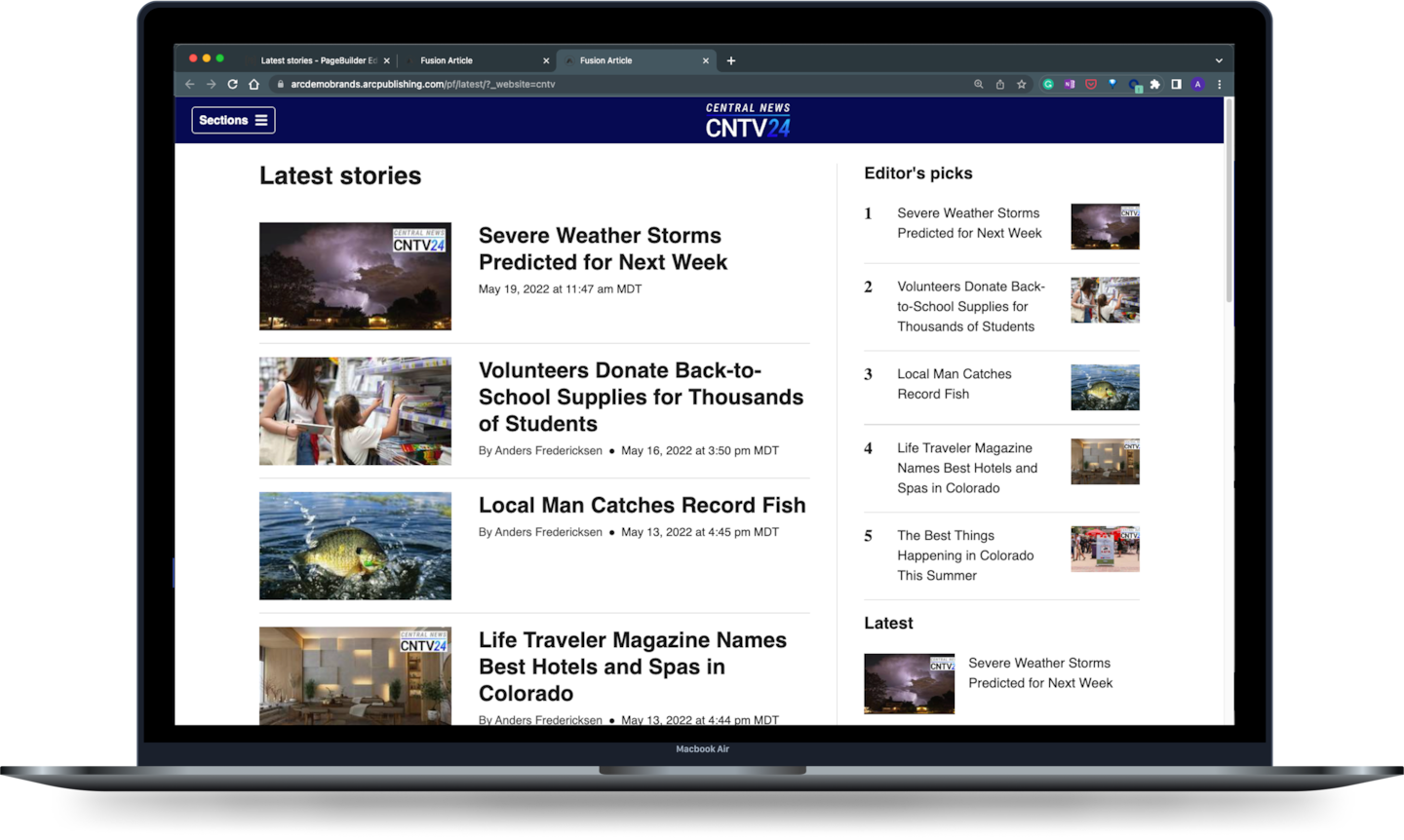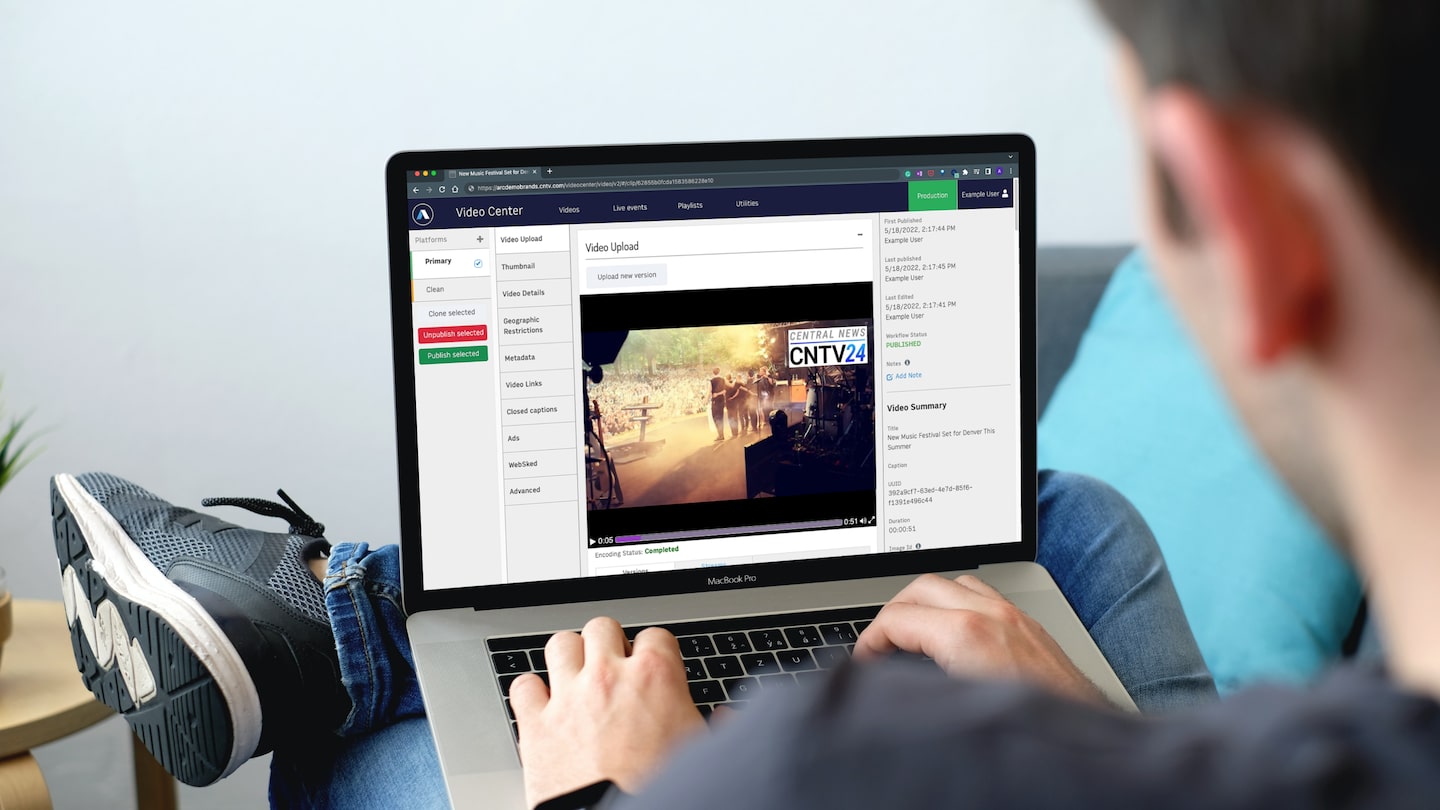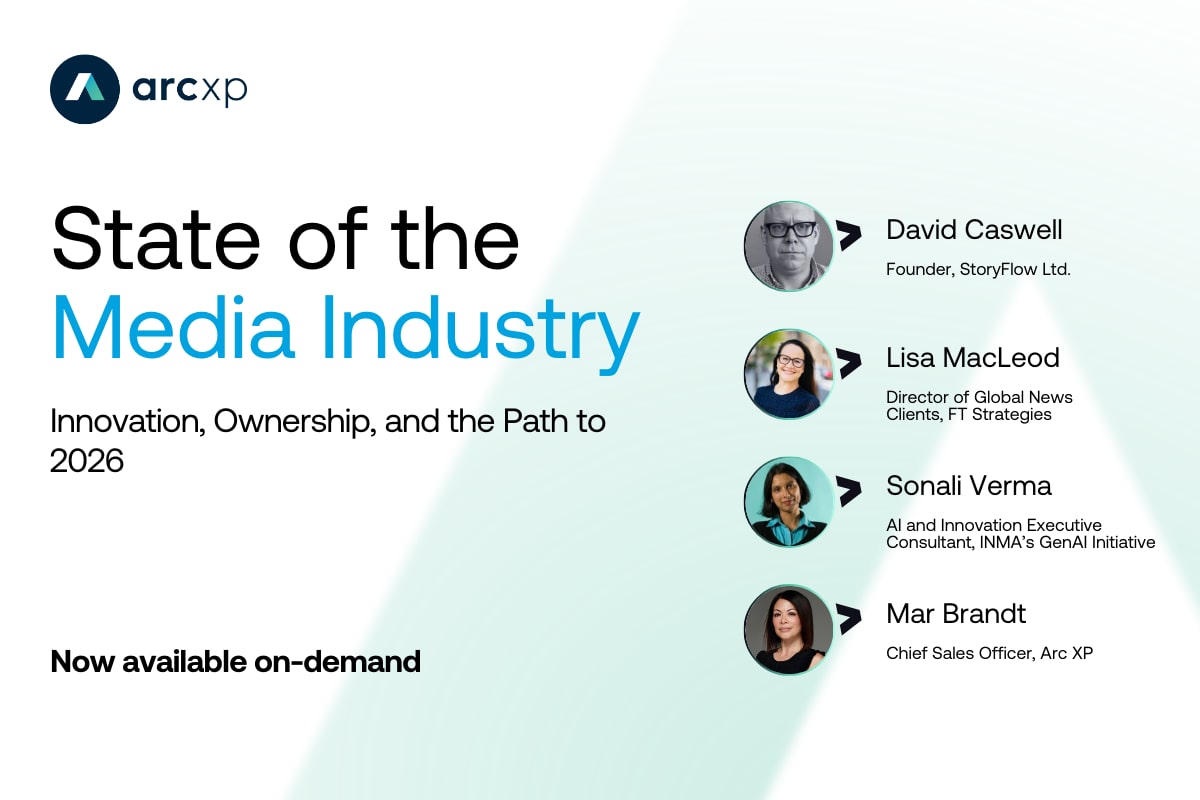5 Strategies to Improve Website Engagement for News Organizations

As technology evolves, so do the expectations of online audiences. To thrive in this competitive environment, news organizations need to adopt strategies that not only attract visitors but also keep them engaged. In this blog post, we’ll explore effective ways to improve audience engagement on websites, focusing on key aspects such as content, interactivity, and personalization.
1. Back to the basics: Crafting quality content
The foundation of any successful digital strategy is high-quality content. News publishers should prioritize the creation of compelling, informative, and relevant articles before venturing into other avenues of engagement. Achieving this involves not just capturing the audience’s attention but also maintaining their interest and delivering immediate value. Elements such as engaging headlines, powerful storytelling, concise writing, and multimedia content enhance the overall reader experience. In addition, content should be regularly updated to not only ensure freshness but also reinforce the credibility of your platform, giving your audience a reason to return for the latest, reliable information.
2. Engage audiences through interactive content
In an era where consumers often find themselves spending hours mindlessly scrolling, detached from face-to-face interactions, there is a prevailing desire to return to a time when people actively engaged with their physical surroundings. According to a study by the Content Marketing Institute, many consumers long for meaningful interactions, seeking connections with others who understand their challenges and are eager to offer solutions. Interactive content is pivotal for fostering a sense of community among audience members. By incorporating interactive elements, websites go beyond passive scrolling, creating an environment where individuals actively engage with the content and each other.
To harness the power of interactive content, consider the following strategies:
- Clickable Elements: Introduce clickable elements within your content that provide additional context or lead users to related articles. This encourages users to explore more of your content, increasing overall engagement.

- Interactive Infographics: Transform static infographics into interactive experiences where users can hover over elements for additional information. This not only adds depth to your content but also keeps users engaged.
- Embedded Videos and Podcasts: Include multimedia content within your articles, allowing users to watch videos or listen to podcasts directly on a webpage. This dynamic approach caters to different preferences and extends the time users spend on your site.

- Quizzes and Surveys: Integrate quizzes or surveys related to your news articles. Encourage readers to share their opinions or test their knowledge, fostering a sense of participation.
- Polls and Feedback Forms: Use polls to gather quick opinions on trending topics or include feedback forms to let readers express their thoughts on your content.
3. Prioritize the user experience
Prioritizing the creation of a positive user experience is paramount in meeting the demands of modern users who seek seamless interactions. A well-thought-out strategy is needed to make sure users, whether on a computer or a mobile device, can easily navigate through the content. This design approach centers on creating an environment where people effortlessly find what they’re looking for, preventing them from leaving your site before exploring the content. Without this, all efforts put into creating quality and interactive content may go unnoticed.
Consider the following strategies to enhance the user experience:
- Intuitive Navigation: Design an intuitive navigation structure that allows users to effortlessly find and explore the content they are looking for. Clear menus, well-organized categories, and easily accessible search functionality contribute to a user-friendly experience. To learn more about how brands and news organizations can improve site usability and website design, check out this article on how to boost conversion by focusing on the user experience.

- Mobile-Friendly Design: With an increasing number of users accessing news on mobile devices, it’s crucial to optimize your website for a seamless mobile experience. Ensure that your content is easily consumable on various screen sizes, keeping readers engaged regardless of the device they use.
- Quick Load Times: Optimize your website’s performance to achieve fast load times. Users today expect instant access to information, and a slow-loading website can deter engagement. According to a study commissioned by Google and conducted by 55 and Deloitte, as page load times go from one second to three seconds, the probability of bounce increases by 32%. Compressing images, leveraging browser caching, and minimizing unnecessary elements are just a few ways that you can decrease load time and reduce the probability of users bouncing. For more insights, check out this article “3 practices for keeping your site performance fast and stable.”
4. Implement website personalization
Tailoring content to individual user preferences is a key component of effective audience engagement, and this process relies on a robust Content Management System (CMS) or Digital Experience Platform (DXP). These platforms empower news publishers to collect and analyze user data, enabling the creation of personalized experiences based on user behavior and preferences. With the ability to seamlessly integrate personalization algorithms, the CMS or DXP predicts user preferences and delivers tailored content suggestions, enhancing user engagement and satisfaction. Leveraging these platforms is key to taking website personalization to the next level, providing users with a customized experience that aligns with their unique interests. Check out this article to explore the personalization capabilities between a CMS and a DXP to help make an informed choice for your digital strategy.
5. Utilize Analytics for informed decision-making
Once you’ve implemented a comprehensive engagement strategy, it is critical to regularly analyze website traffic and user behavior using analytics tools. Gain insights into popular content, user demographics, and navigation patterns to continuously refine your digital strategy. By focusing on what resonates most with your audience through informed decision-making based on analytics, you can ensure your website is optimized for maximum engagement and, in turn, attract, engage, and retain a loyal audience, ensuring lasting success in the dynamic digital landscape.
Recent resources




